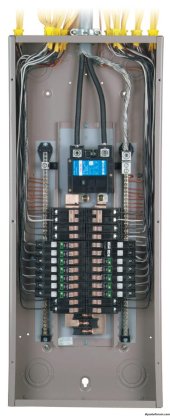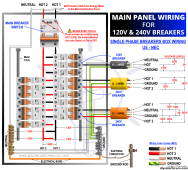timselectric
If I can do it, you can do it.
- Joined
- Feb 5, 2022
- Messages
- 18,620
that would keep you from getting a Static shock.OK thanks. Just for me to understand from an electrical point of view:
What do you mean here? Say there is static on the frames, and the panels are connected to a ground rod, wouldn't the electron flow into the ground (so they are grounded), so if you touch the panel, you will be safe? Isn't this the meaning of grounding?
But that's not the purpose of an electrical grounding system.
The ground rods at the array are called auxiliary ground rods. While they are allowed by NEC, they are not required (nor recommended).Would you then not have built the grounding grid next to the panels and simply run a 50 meter grounding cable from the panel frames to the ground system of the house?
But if auxiliary ground rods are installed, they must also be connected to the existing grounding system.
You have two options.If your answer is yes to that one, given I already built the grounding grid next to the panels and connected the frames to that, should I simply leave it but also run a 50-meter cable from the frames to the house?
1. Run a grounding conductor back to the existing grounding system. And connect it to the array and local ground rods.
2. Run a grounding conductor back to the existing grounding system. Connect it to the array and remove the local ground rods.
Option 2 is safer for your equipment at the house.
Because it's less likely to direct a gradient pulse (from a nearby lightning strike) to your equipment.




